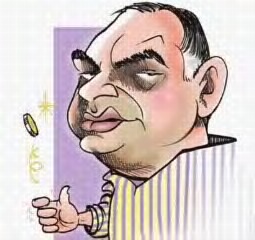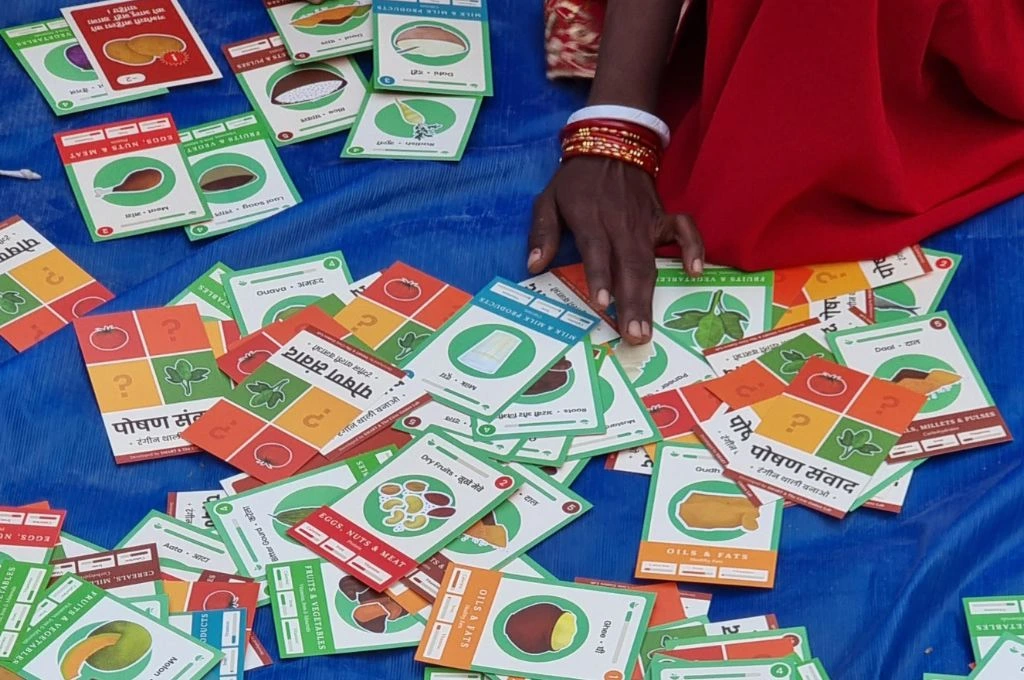The events of Monday, 5th August, related to Jammu and Kashmir, witnessed an outpouring of celebration, almost a mass hysteria, which many could not comprehend. This is an attempt to do so.
We begin with the popular aphorism ‘Eternal vigilance is the price of liberty’. According to one source, the American Abolitionist Wendell Phillips, speaking to members of the Massachusetts Anti-Slavery Society in 1852, said:
“Eternal vigilance is the price of liberty; power is ever stealing from the many to the few. The hand entrusted with power becomes, either from human depravity or esprit de corps, the necessary enemy of the people. Only by continued oversight can the democrat in office be prevented from hardening into a despot; only by unintermitted agitation can a people be sufficiently awake to principle not to let liberty be smothered in material prosperity.”

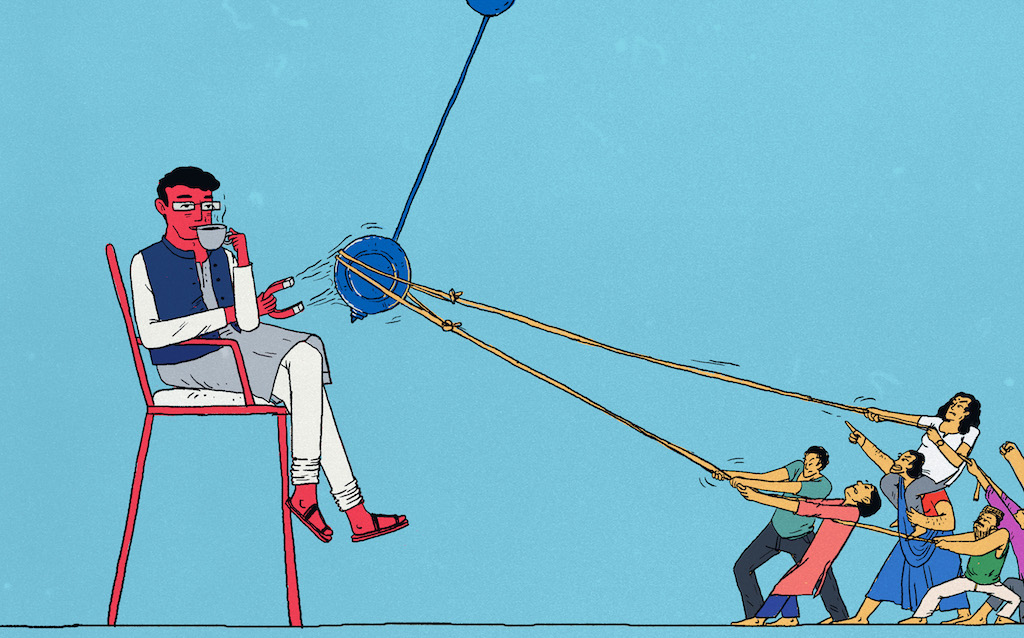
There is a strong link between the extent of citizen vigilance and how democracy progresses in our country. Only by continued oversight can those in office be prevented from hardening into despots. Illustration | Priya Dali
Eternal vigilance by whom? Wendell Phillips seems to imply by the ‘people’. But there’s the rub! We live in a time of majoritarian despotism, so the term ‘people’ has been appropriated by those who have secured power on the back of a majority vote in their favour.
The term ‘people’ has been appropriated by those who have secured power on the back of a majority vote in their favour.
As Maya Mirchandani asked poignantly: “Our democratic structures might be strong, but can the same be said for our democratic values?” The answer is, sadly, no. Witness the decline in democratic values as stated in the preamble of our Constitution–justice, liberty, equality, and fraternity.
This is due to the mesmerisation of the masses by an ideology that privileges one community as the true owners of the Indian nation, and all others as less than equal. As a result of this hysteria, there is an all-round assault on our constitutional values.
An alternative interpretation of our maladies
The purpose of this Independence Day piece is to offer an alternative interpretation of our maladies. And right off at the start, I must apologise this will involve a bit of a technical explanation of a term called hysteresis.
It is defined as ‘the dependence of the state of a system on its history’. It means that in certain situations, the outcome can have one of two distinctly different values, depending on the history of the causative variable–that is, was it rising or falling.

I maintain this ‘hysteresis effect’ can be used to explain our current maladies. Let us consider a diagram where the causative variable E is the ‘extent of vigilance by citizens’ and the outcome variable D is ‘democratic values and progress’.
What is interesting is that each generation–about 30 years–goes through a cycle of rising and falling E (vigilance), and thus rising and falling D (democratic progress).
Let us use this explanation to first interpret the past, starting with 1947 as a point in history and one generation as the period of explanation, bringing us to 1977.
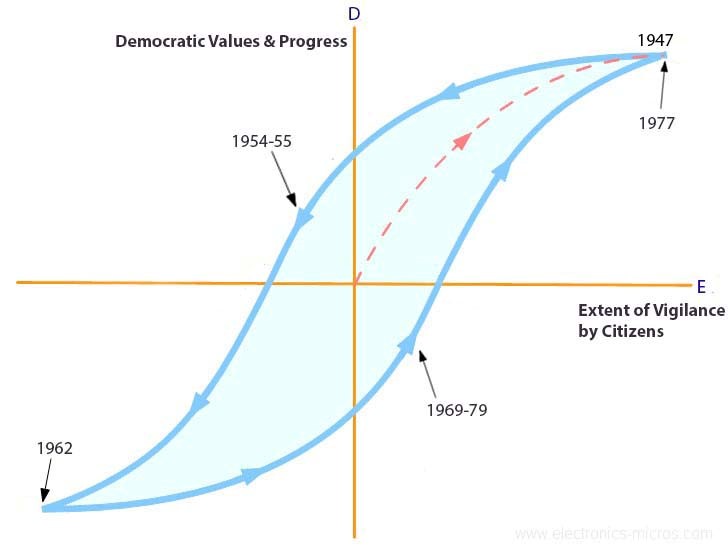
In the diagram above, 1947 was the peak of vigilance by citizens. The resulting period saw democratic values and progress flourish, during which, the drafting of the Constitution began in earnest.
The reversal began soon after, as those who led the freedom movement became increasingly involved with state power, and the common people became pre-occupied with improving their material wellbeing. As a result, the extent of vigilance by citizens came down steadily, and so did democratic values and progress.
State control of the economy in the name of building a socialistic pattern of society had begun.
Early signs of this began emerging as early as 1953, when Sheikh Abdullah, the then ‘Prime Minister’ of Kashmir, was dismissed and arrested. State control of the economy in the name of building a socialistic pattern of society had begun. In 1956, the Industrial Policy Resolution was adopted, ushering in the infamous license raj; in the same year, 245 private insurance companies and provident societies were nationalised and merged into a single Life Insurance Corporation (LIC).
In yet another blow to democratic values, a duly elected Communist Party-led government in Kerala–headed by EMS Namboodiripad–was dismissed by the Centre in 1959. In 1962, the curve had reached its lowest point.
The turnaround began during the war with China, and the post-debacle questioning of Nehru, as citizens started displaying their vigilance.
After Nehru passed away in 1964, this trend was strengthened during the brief tenure of Prime Minister Lal Bahadur Shastri. By 1967, citizen vigilance had reached a point where it led to the first significant loss in political power for the Congress Party, when many states saw the formation of non-Congress governments for the first time. Despite this, Indira Gandhi consolidated her position by 1969, and in 1971–after leading the war with Pakistan that resulted in the formation of Bangladesh–she fought and won the Indian general election.
Even though there were widespread arrests and suppression of the media, the citizens fought back as if they were participating in a second freedom struggle.
By 1973, the euphoria of the Bangladesh victory had given way to widespread citizen vigilance, starting with the Gujarat students’ Nav Nirman movement against a corrupt state government, which had to resign. By 1974, Jayaprakash Narayan (JP) launched a Total Revolution Movement, which led to Indira Gandhi imposing The Emergency in June 1975.
Even though there were widespread arrests and suppression of the media, the citizens fought back as if they were participating in a second freedom struggle. This led to the defeat of Indira Gandhi in 1977, leading back to the peak of democratic values and progress, at the beginning of the Janata Party’s regime.
The next generation’s cycle began in 1977. The curve turned around soon, as the Janata Party began to betray the ideals around which it had been formed. By 1980, Indira Gandhi was re-elected. A number of states saw militant, even armed struggles–Punjab, Assam, Mizoram and the districts of northern Andhra Pradesh bordering on Madhya Pradesh and Odisha.
In late 1984, Indira Gandhi was assassinated, and her son Rajiv Gandhi became the youngest Prime Minister of India. His age and manner brought a lot of hope to the people, but within a few years, he failed to win a majority and had to sit in the Opposition.
This led to a series of unstable, short-lived governments. Citizens were divided on the basis of caste; they agitated both for and against the Mandal Commission’s recommendation of reservations for Other Backward Classes in education and government jobs.
The Bhartiya Janata Party (BJP) sensed this as a big problem for their flagging base and came up with a strategy to counter the Mandal divisions with a pan-Hindu consolidation. This led LK Advani–co-founder of the BJP–to undertake a rath yatra across India to garner popular support to build a Ram temple in Ayodhya, on the site of the Babri Masjid. The curve reached its lowest point with the demolition of the Babri Masjid on December 6th, 1992.
This led to a turnaround in citizens’ consciousness and there was an upsurge to rebuild communal harmony.
This led to a turnaround in citizens’ consciousness and there was an upsurge to rebuild communal harmony. Likewise, many people became vocal about the prevailing caste-based structural inequality in the country.
On the economic front, the launch of reforms, forced by a foreign exchange crisis, reversed a number of the provisions of the license raj. Thus began a 15-year period in which there was an upward rise in citizen vigilance, which resulted in an upsurge of justice, liberty, equality, and fraternity.
Even as accelerated economic growth exacerbated inequalities, a slew of social sector legislations were enacted to enhance the rights and entitlements of the poor and the disadvantaged–Article 21A, making education a fundamental right; the National Rural Employment Guarantee Act, 2005 and the Forest Rights Act, 2006, among others. The curve reached its peak in 2007. The liberalisation-privatisation-globalisation led growth momentum gave rise to to an upsurge of ‘modernisation’, consumption, and poverty reduction.
The next generation’s cycle began in late 2007. The turnaround happened soon after, with the global financial sector crisis in 2008 leading to an economic slowdown. The reform-led growth of the previous decade had not created opportunities for all, and exacerbating inequalities were noticeable.
By 2012, the Congress government, which had been re-elected to power in 2009, was under siege, with widespread belief about corruption in high places leading to the mobilisation of the middle class.
The decline–from Anna Hazare-led idealistic protests to the internal politics of the Aam Aadmi Party–happened alongside the rise of the BJP, which cynically manipulated Hindu sentiments.
By 2014, the steep downward part of curve began, with both a decline in citizen vigilance and democratic values.
By 2014, this culminated in the BJP-led National Democratic Alliance (NDA) coming to power. The steep downward part of curve began, with both a decline in citizen vigilance and democratic values. By 2019, the BJP was re-elected to power with a resounding victory. Its actions in the first quarter after coming to power show that the downward trend will continue.
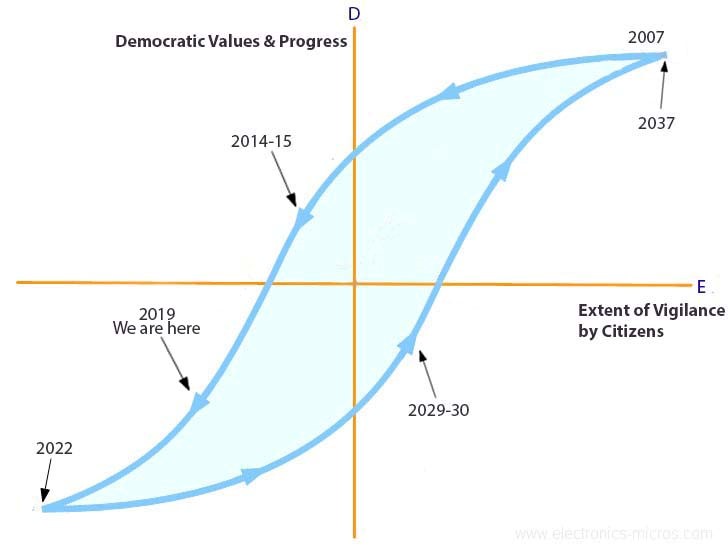
The five trillion dollar question is–will a turnaround happen in 2022, as our cyclical model ‘predicts’? And if so, what will be the cause of it?
I am convinced there will be a reversal, as the present government is shutting down all feedback loops, whether independent media, critical discourse by intellectuals, protests by agitating students, or popular protests led by social activists.
Even the youth who voted in large numbers for the BJP will begin to feel frustrated as they face challenges of livelihoods and life. It will be only a matter of time before they will build a resistance movement.
Thereafter, it will take a half-generation–15 years–and we have to wait till 2037 to reach the peak of democratic values and progress again. I will be 83 then, and if I believe my janma patri, I will live to see that day. But the same janma patri gives me only another year, and I hope to have departed, as the curve begins to turn around again.
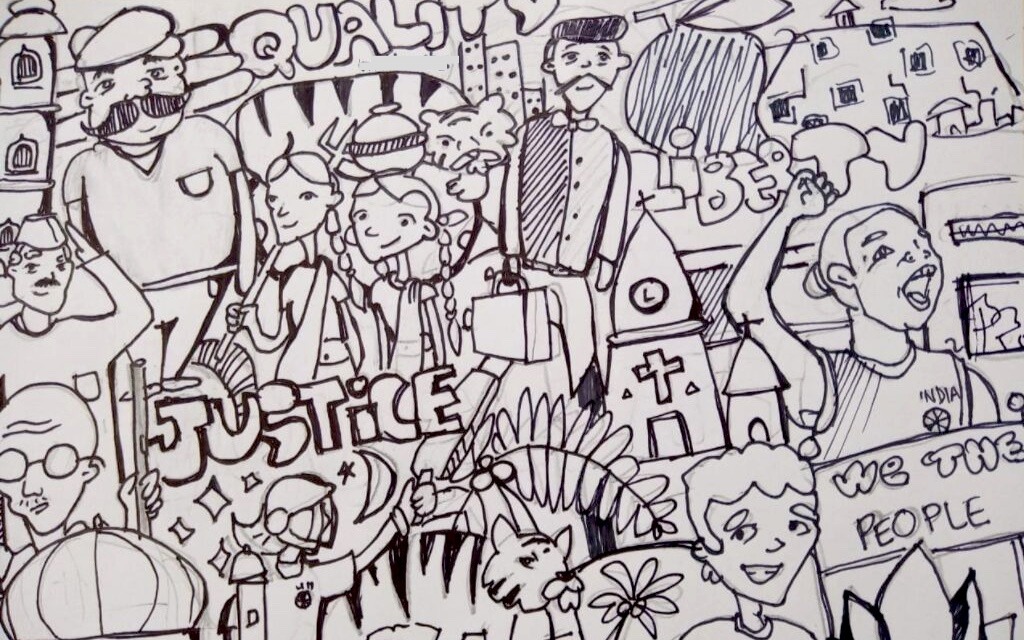
Illustration: Sumer Vaidya | Age 12

